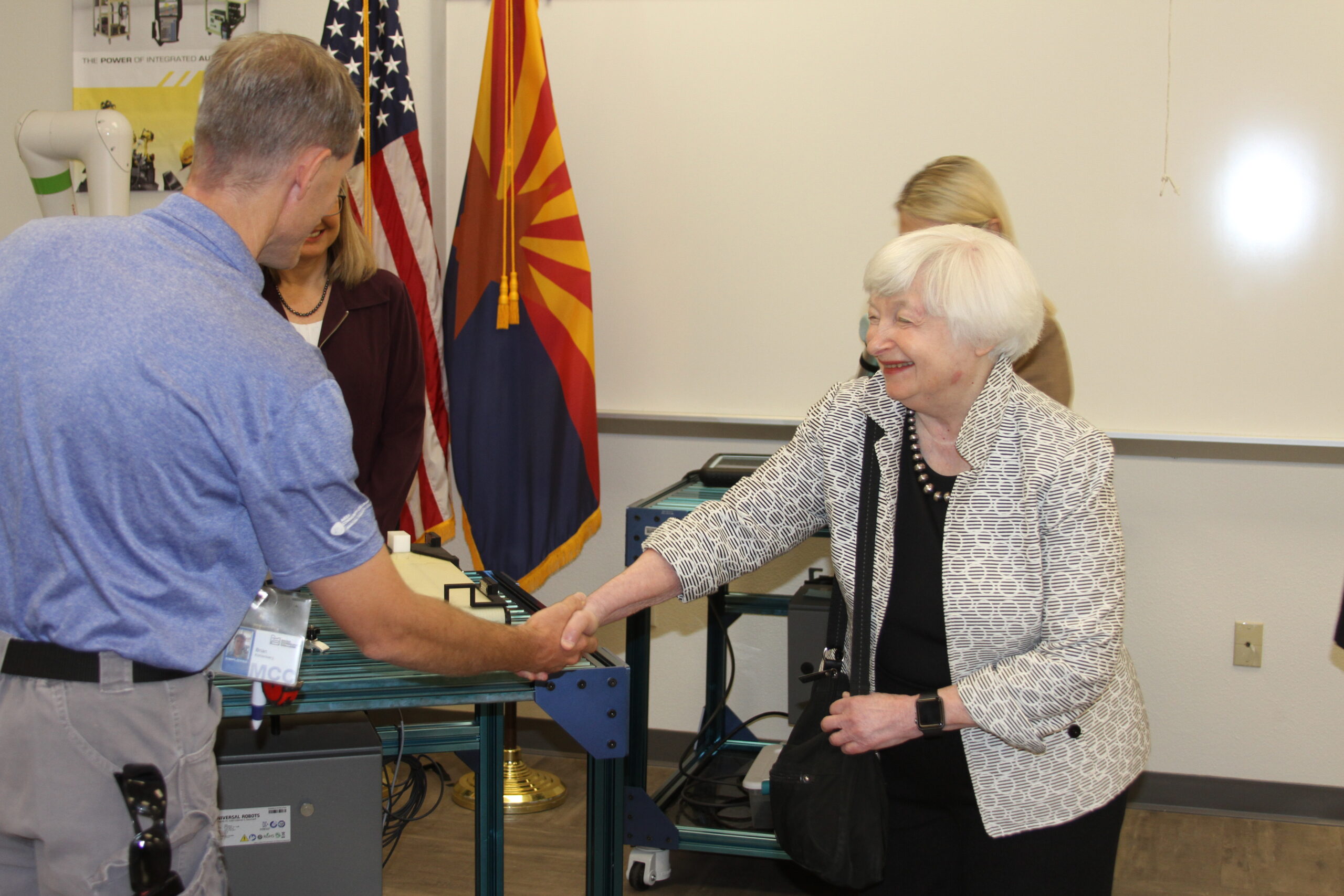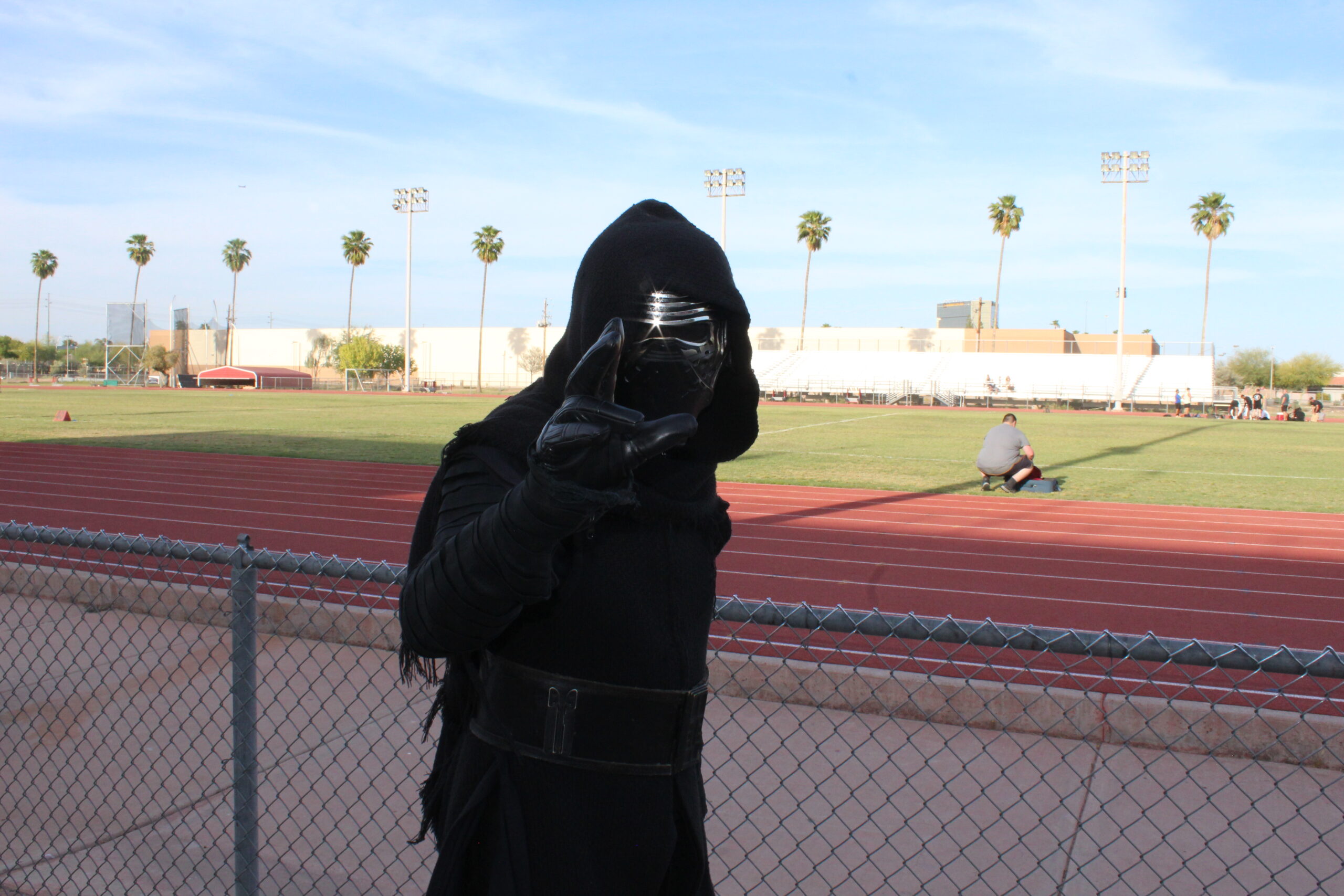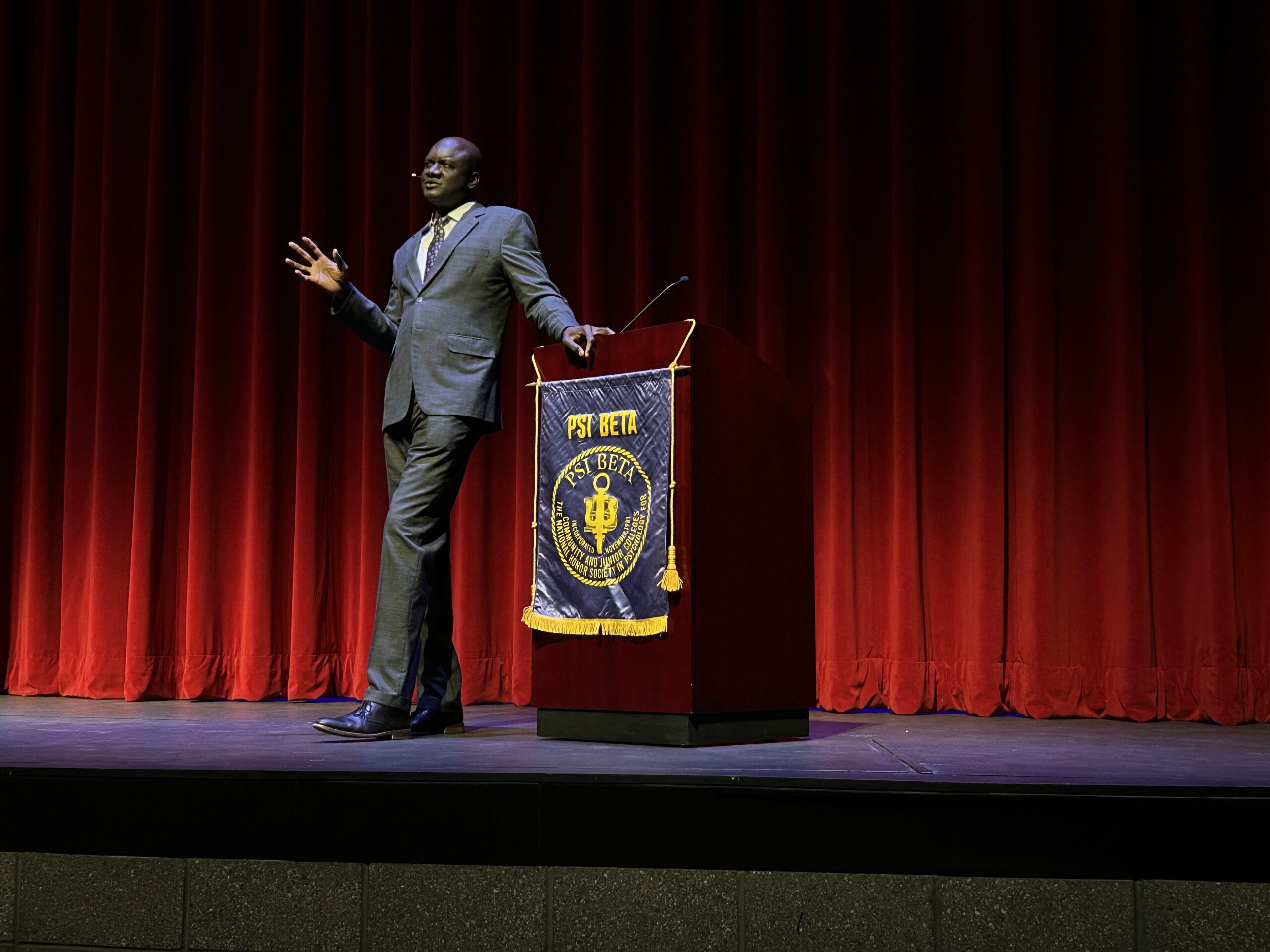Lecture raises PTSD awareness
Lisa Kane
The diagnosis and treatment of psychological trauma, particularly post-traumatic stress disorder, was the focus of a discussion in the Navajo Room on Oct. 15.Post-traumatic stress disorder is an anxiety disorder that can develop after exposure to one or more terrifying events that threatened or caused grave physical harm.
Recently, the disorder has made news in relation to natural disasters and the current financial crisis.
In some cases, it can be from profound psychological or emotional trauma, apart from any actual physical harm.
Often, however, the two are combined.
“Trauma is all contextual, as is any event in everyday human life,” said Patricia Johnson, a licensed psychologist in private practice in Scottsdale.
“There is a difference between natural grief or anxiety and a severe stress disorder.”
Often associated with war, PTSD has also been recognized in the past as railway spine, shell shock, traumatic war neurosis or post-traumatic stress syndrome.
“One in five patients diagnosed with PTSD suffer from it from being in battle,” Johnson said.
“The soldier’s reaction can often affect their learning, memory, cognition, personality, and even self-confidence.”
To be diagnosed with PTSD, the patient must have faced the actual threat of death or injury, or directly experienced it.
Physiological reactions also occur: recollections, nightmares, social distress, substance abuse, and physical alterations are just some of the manifestations.









